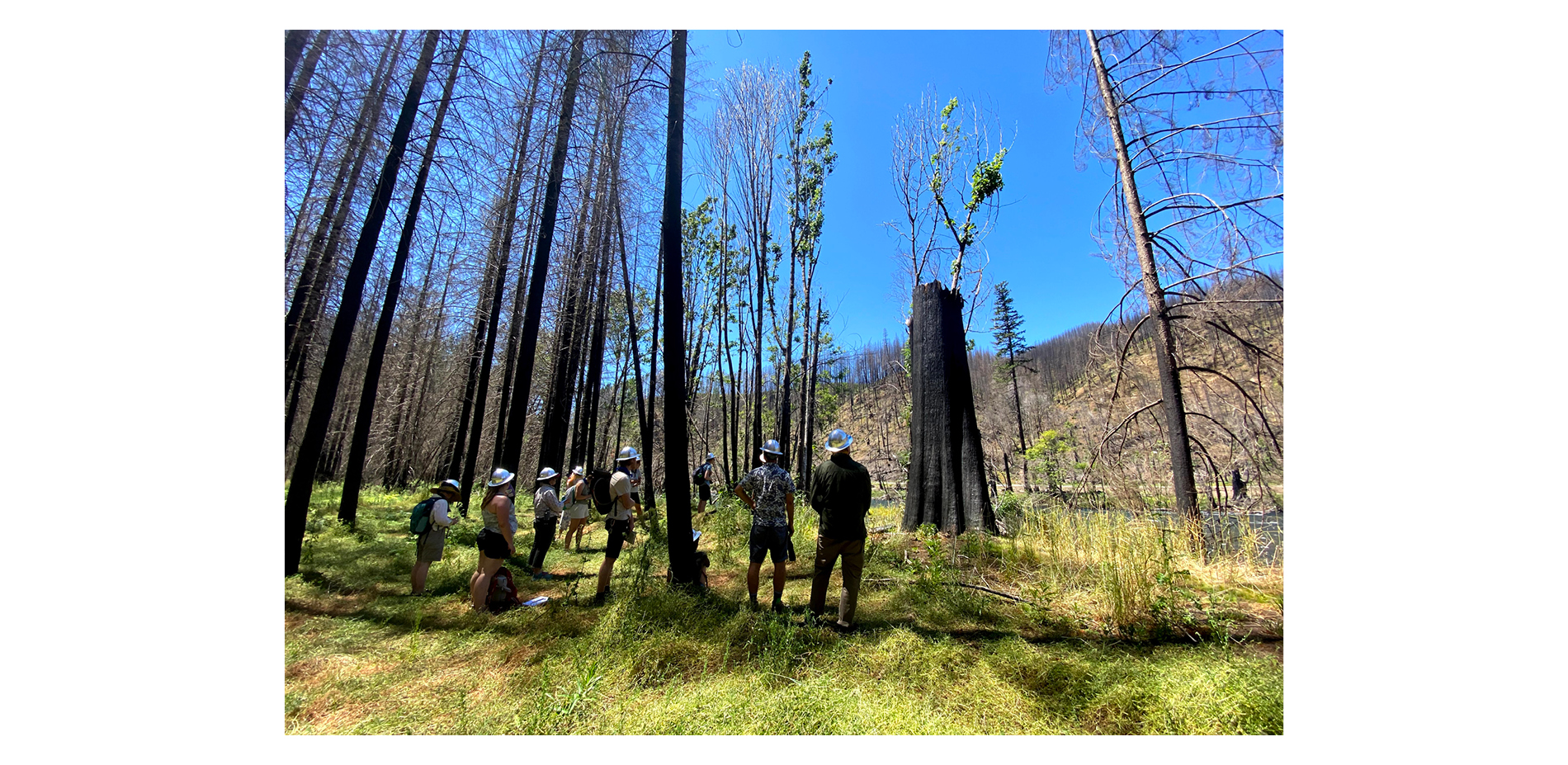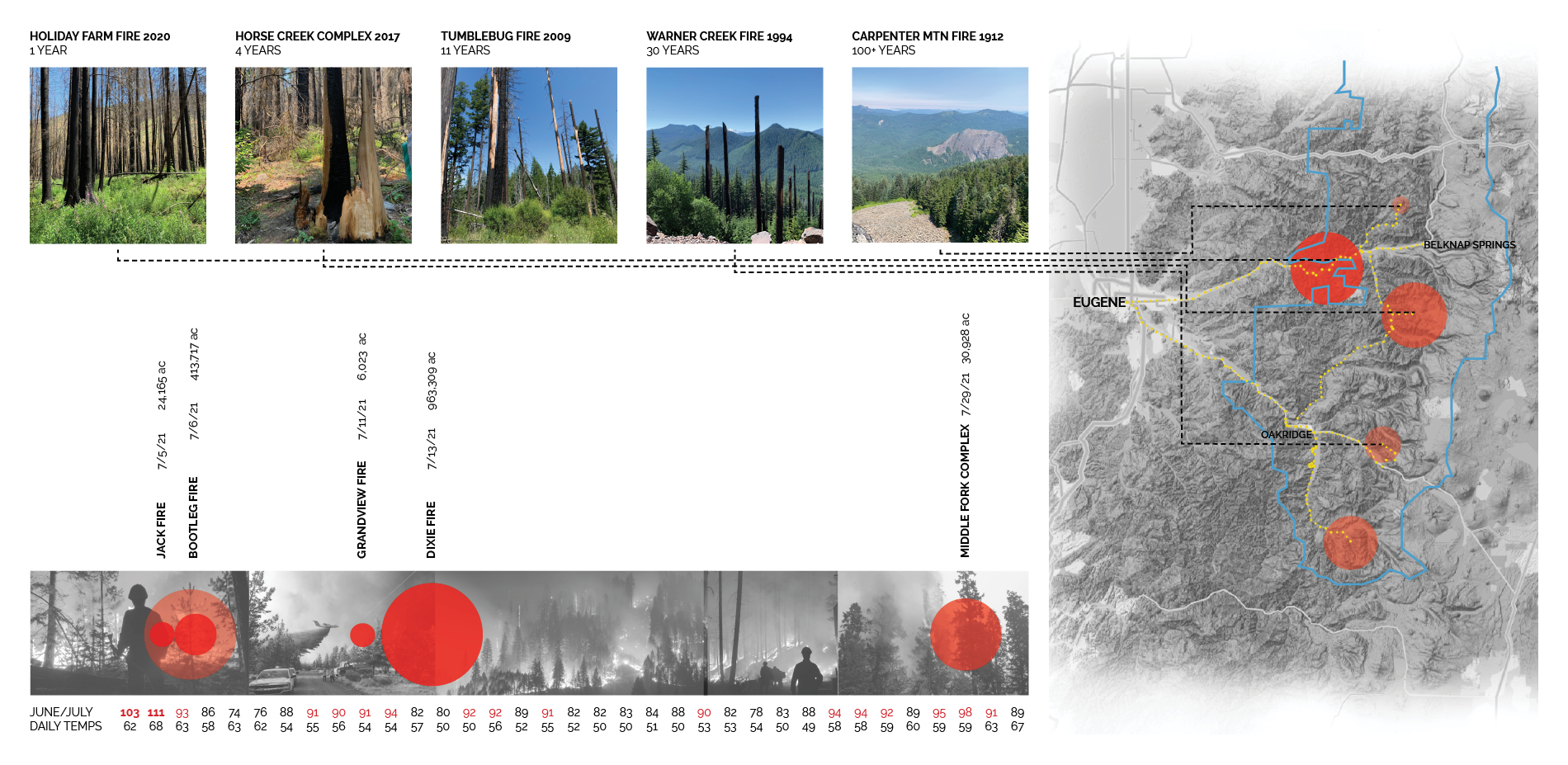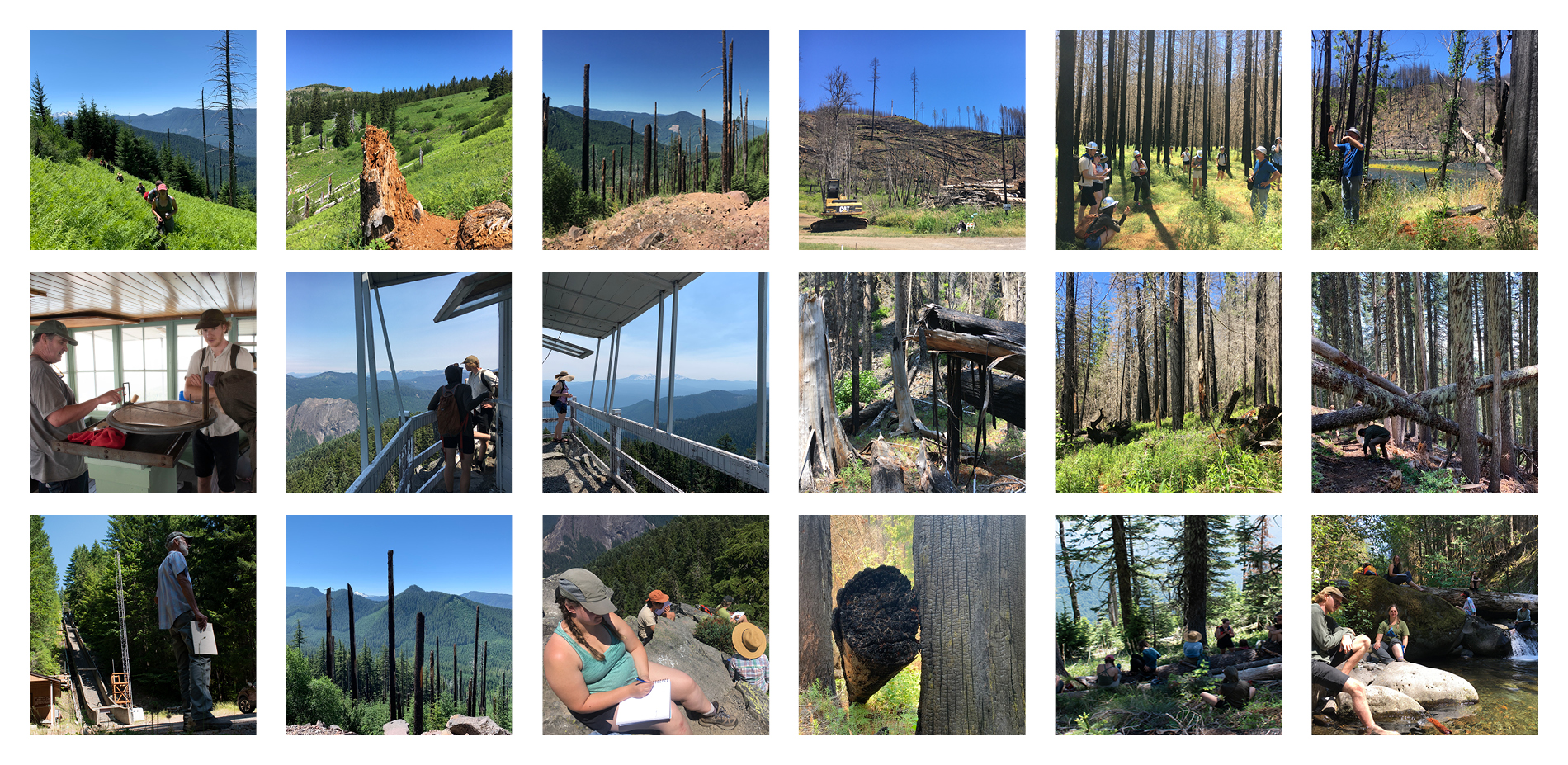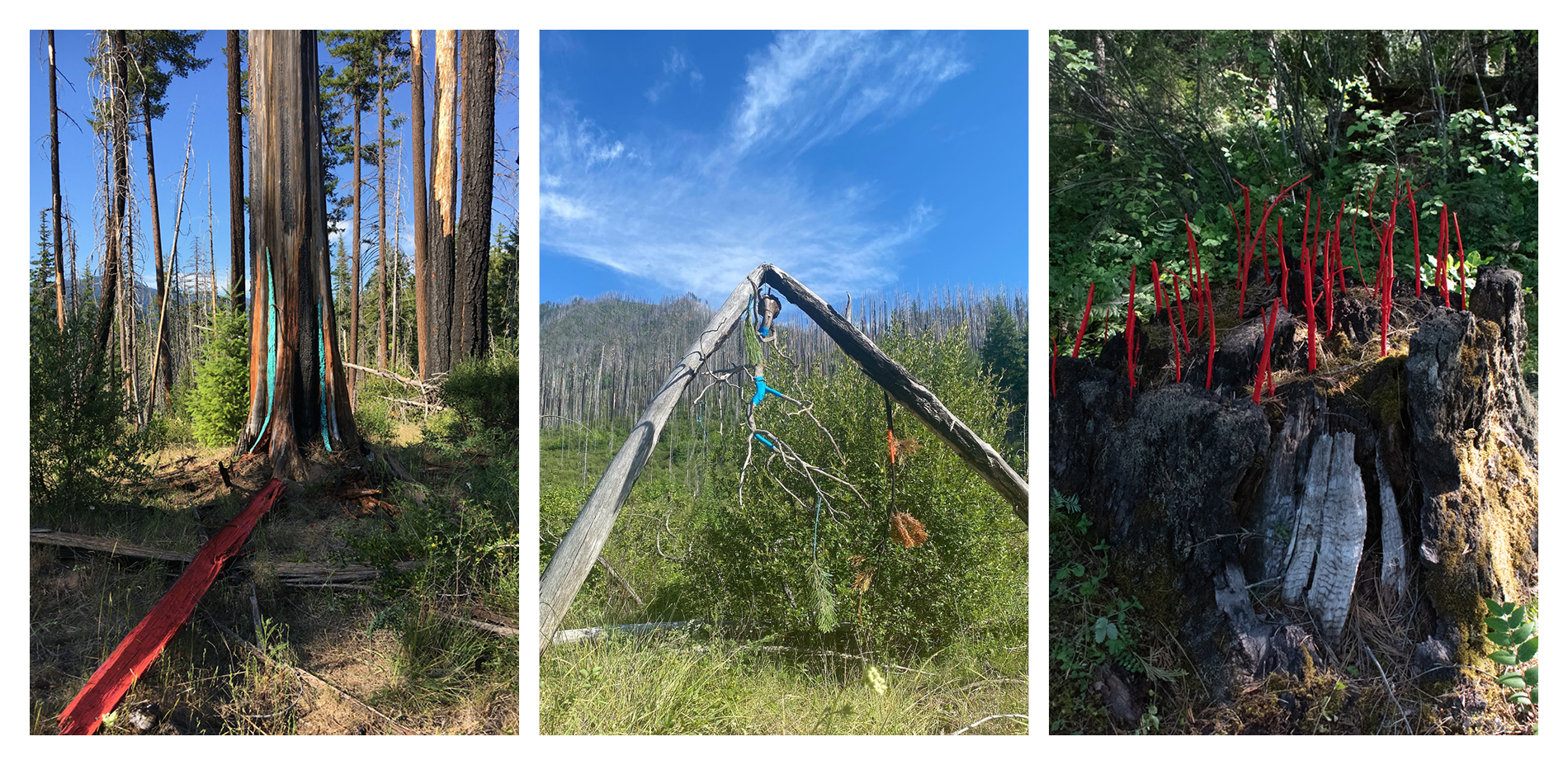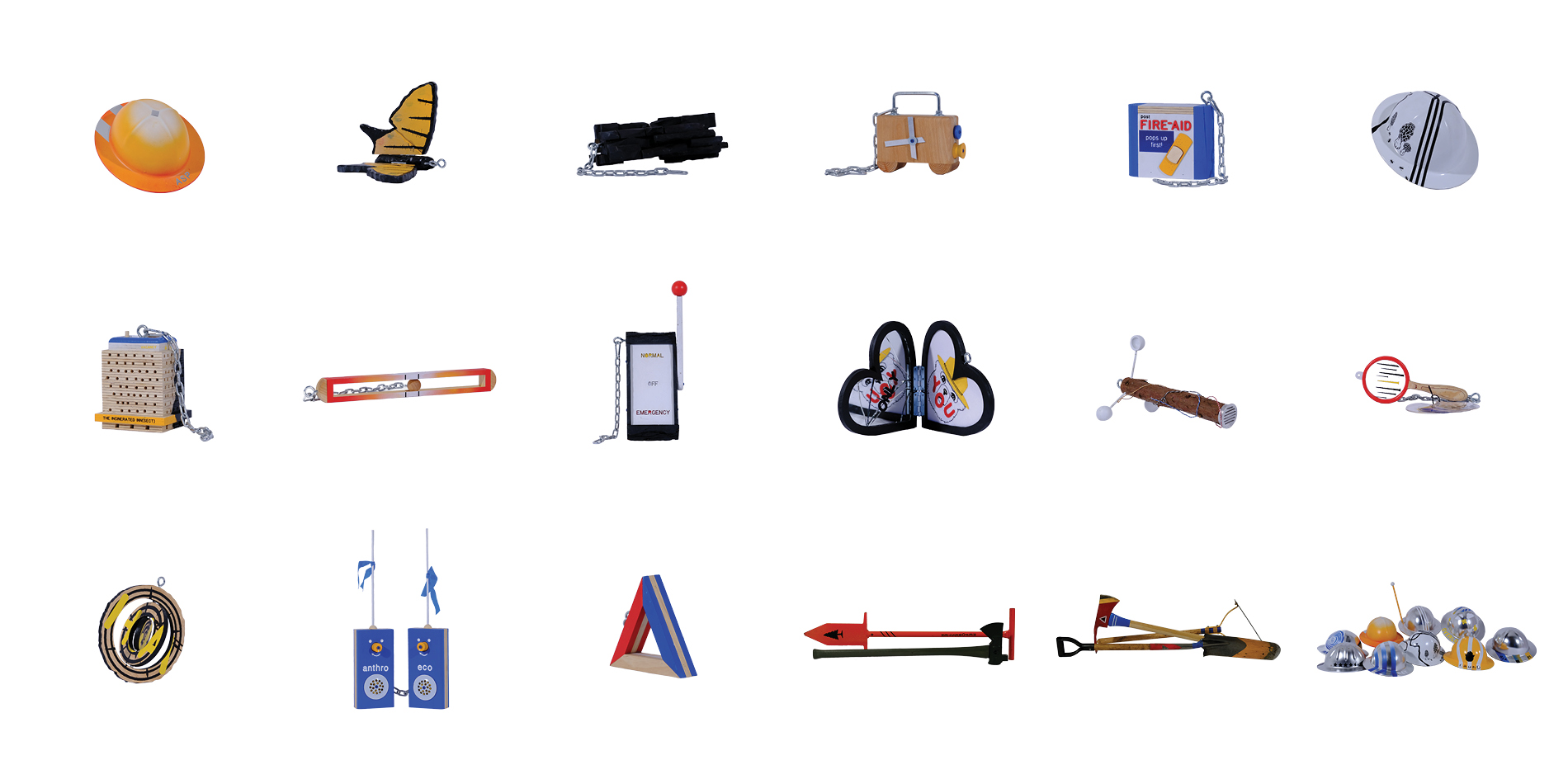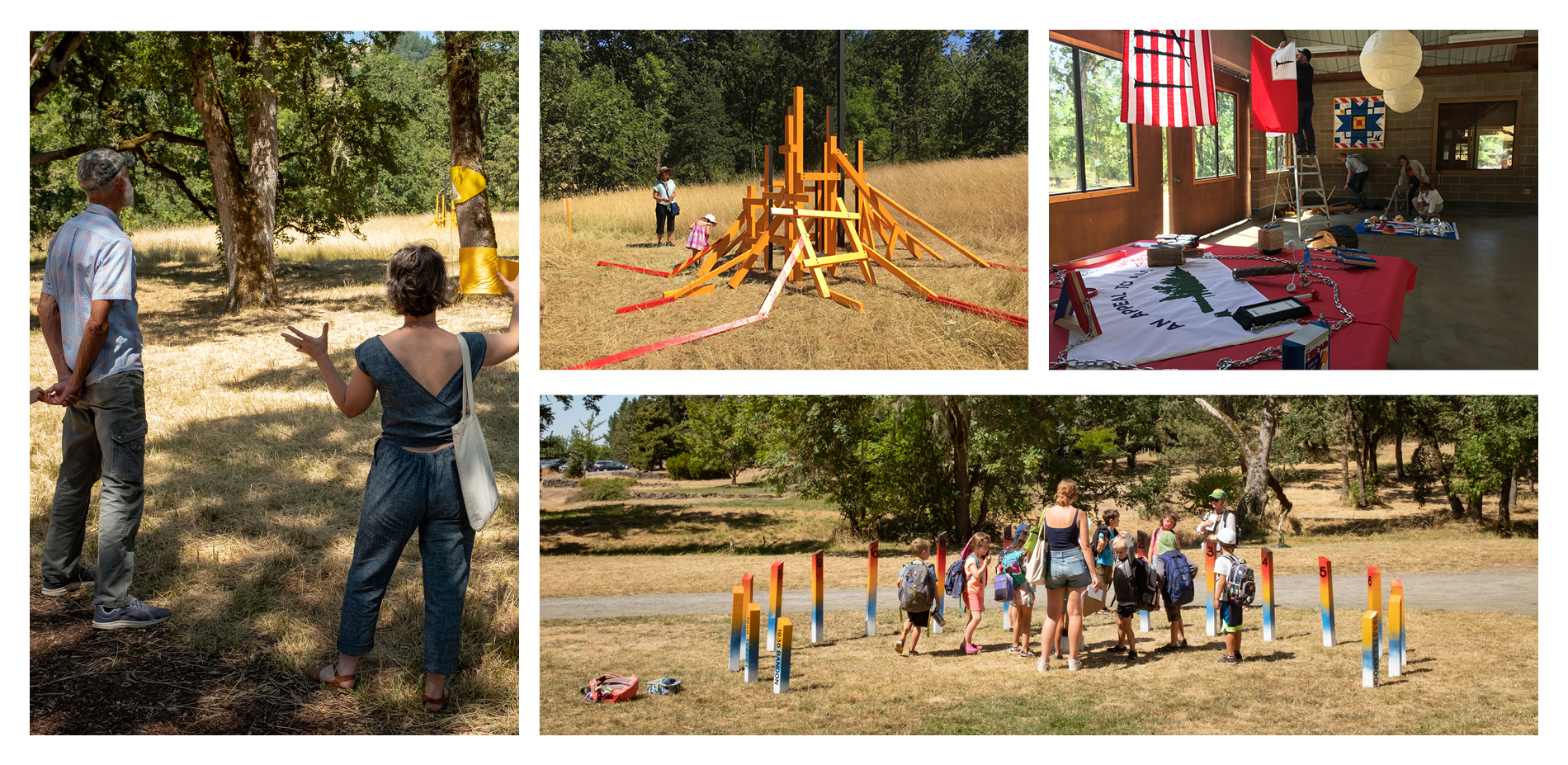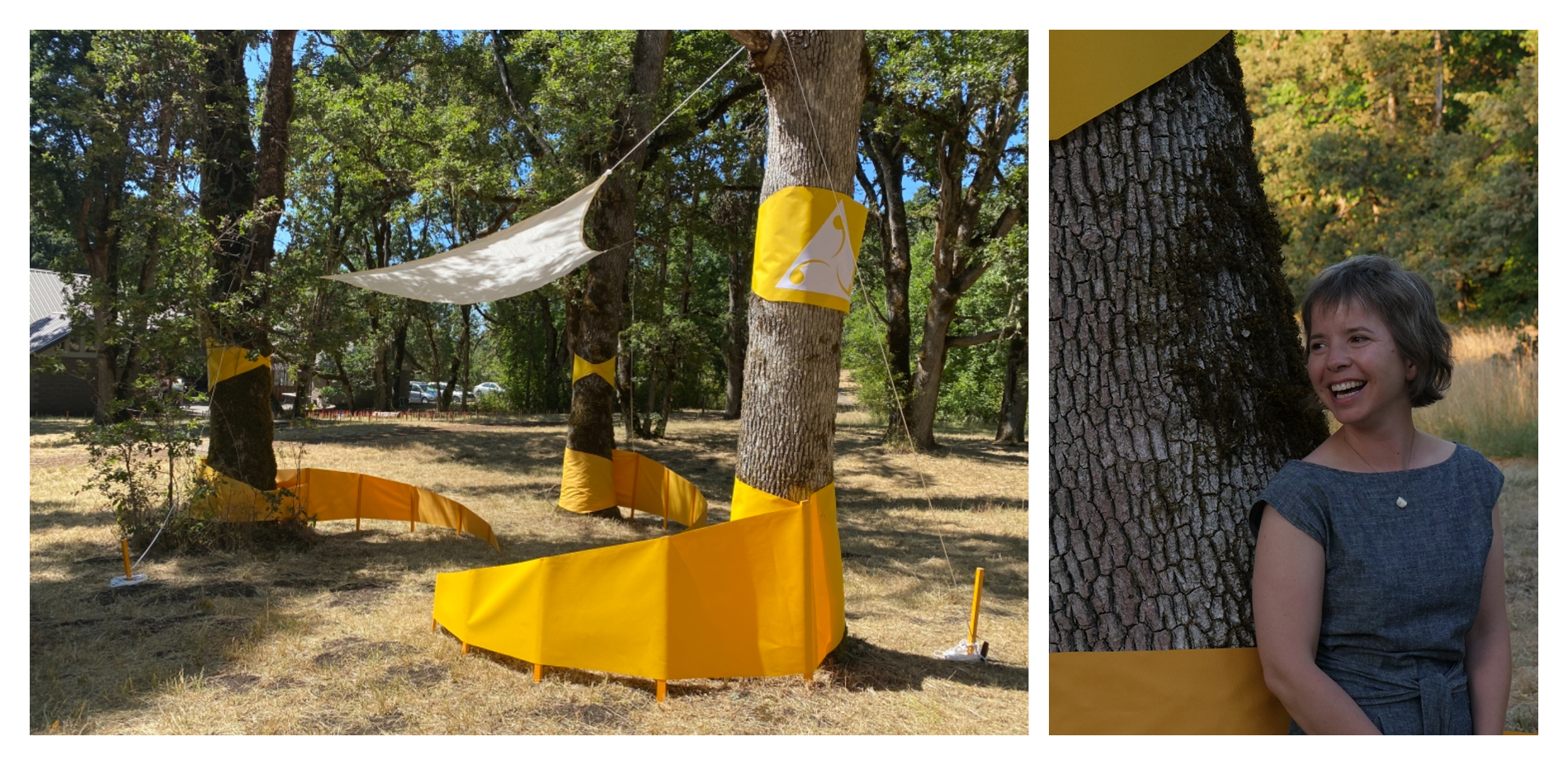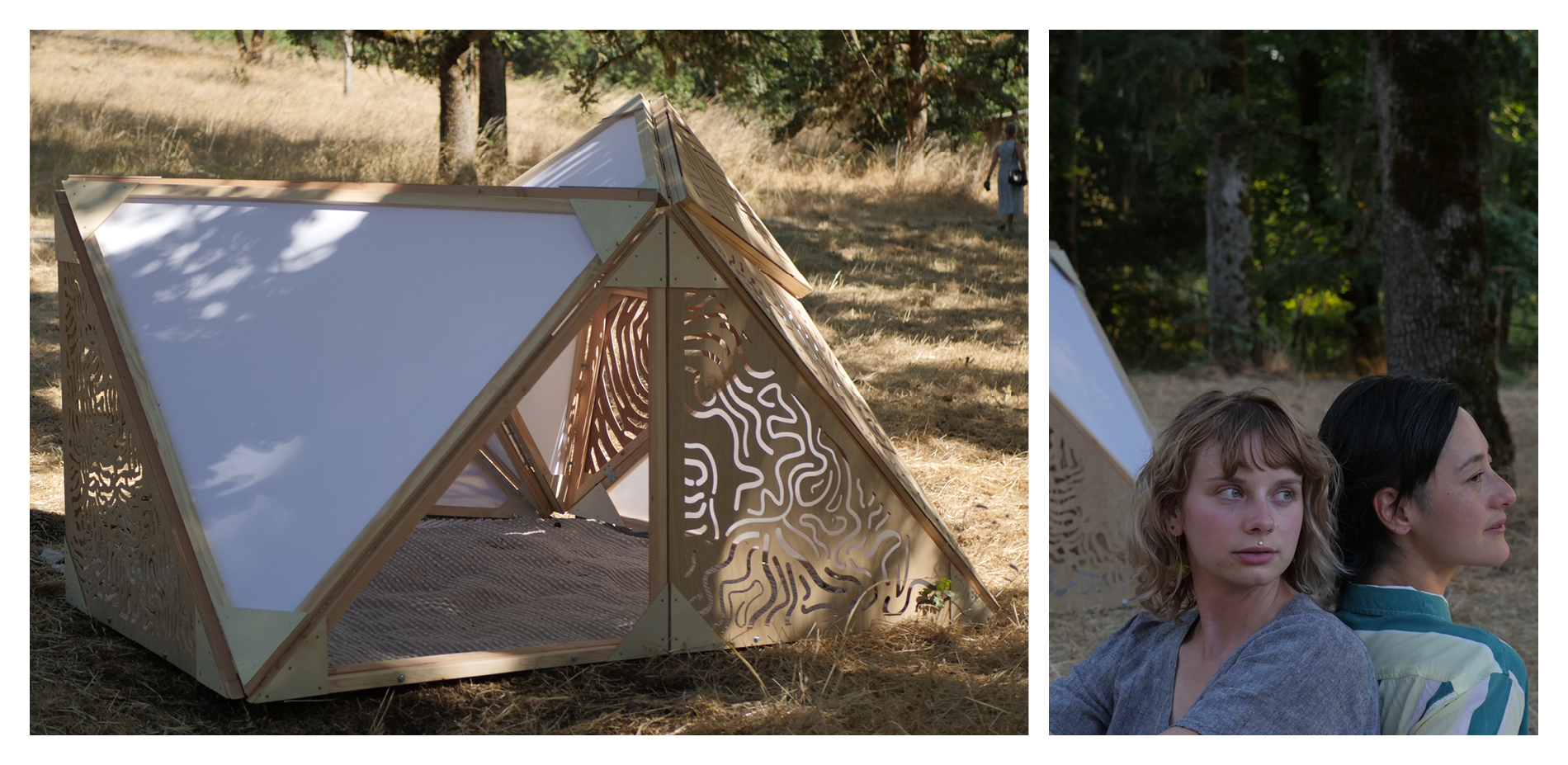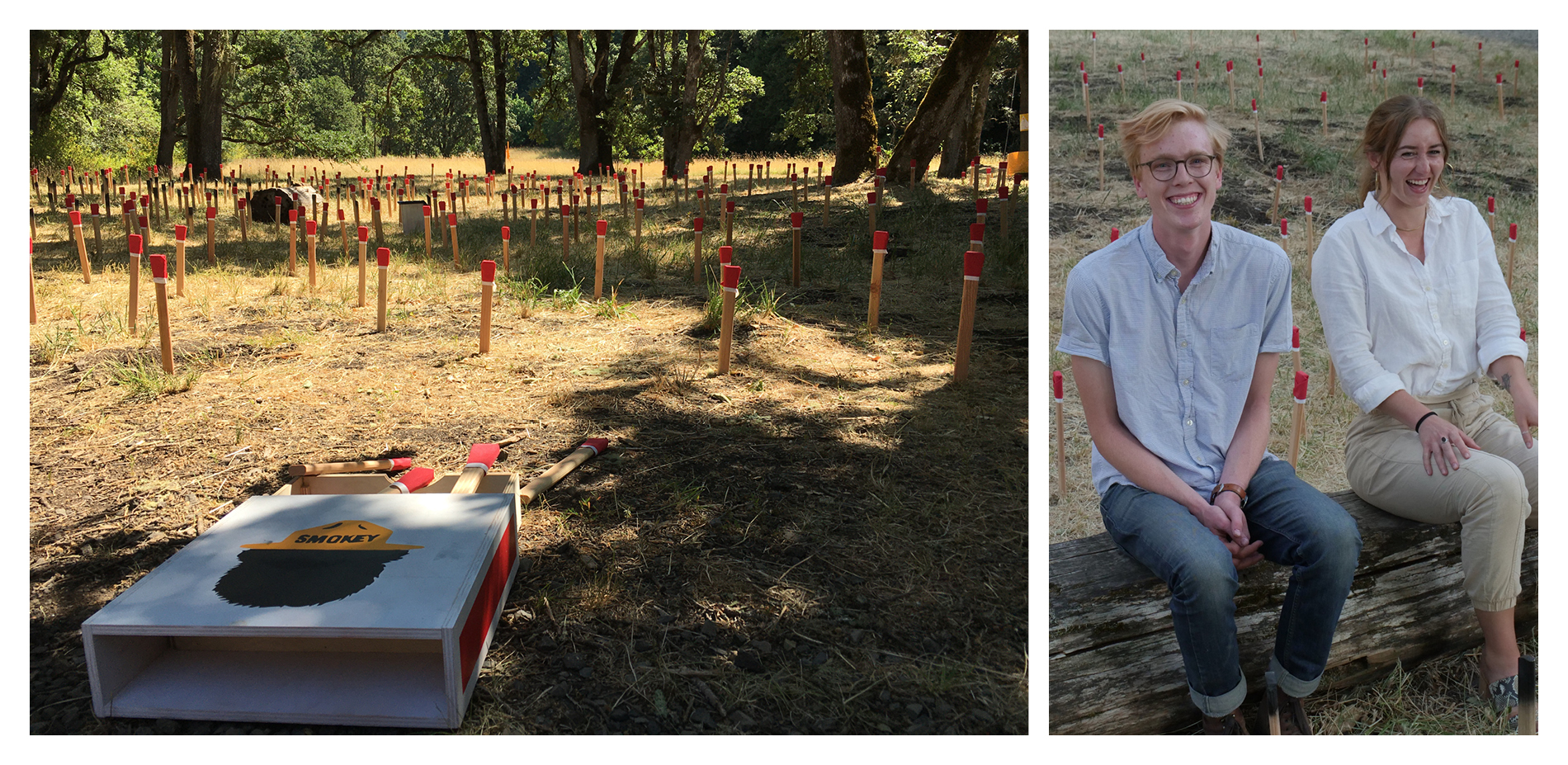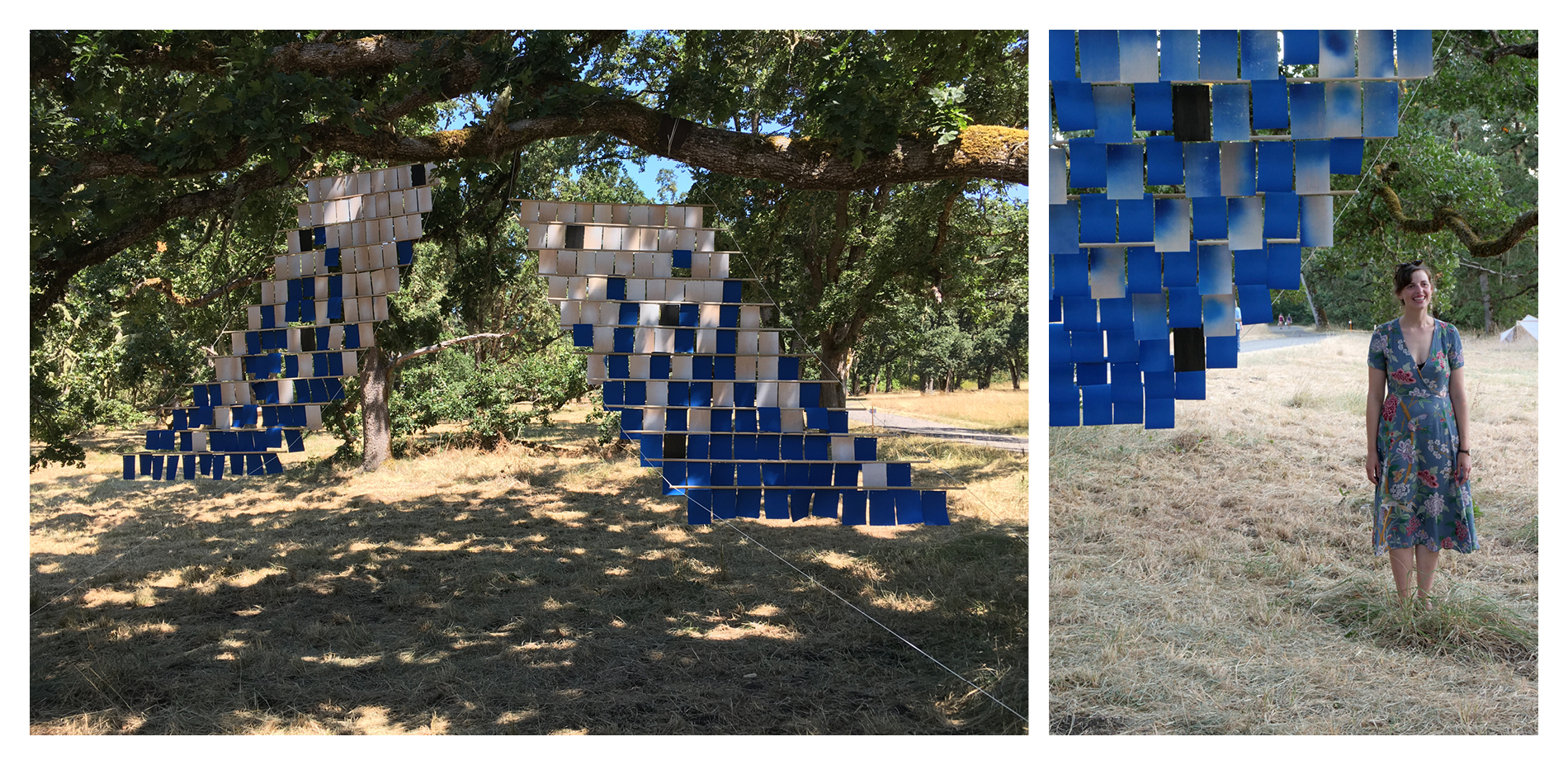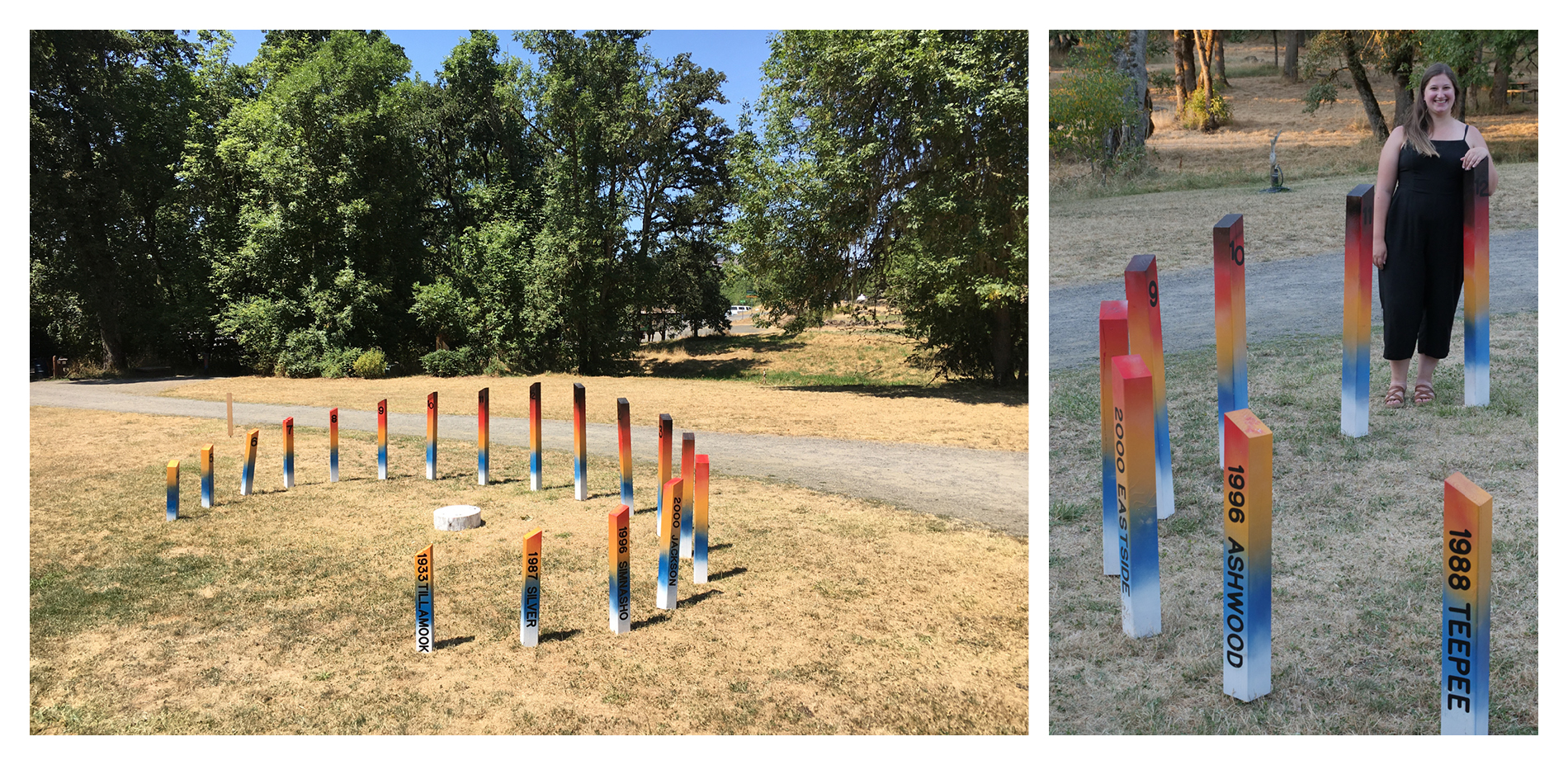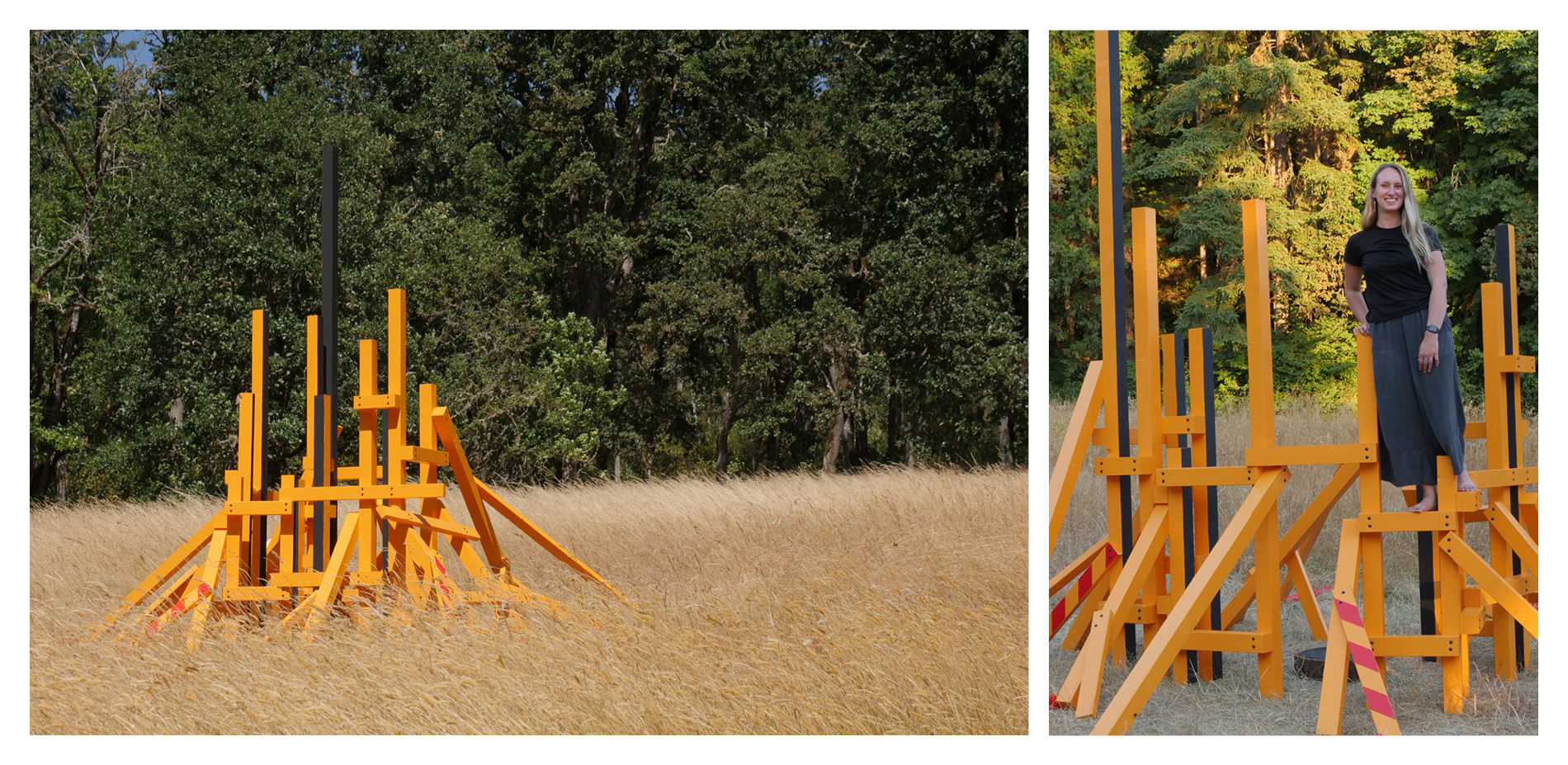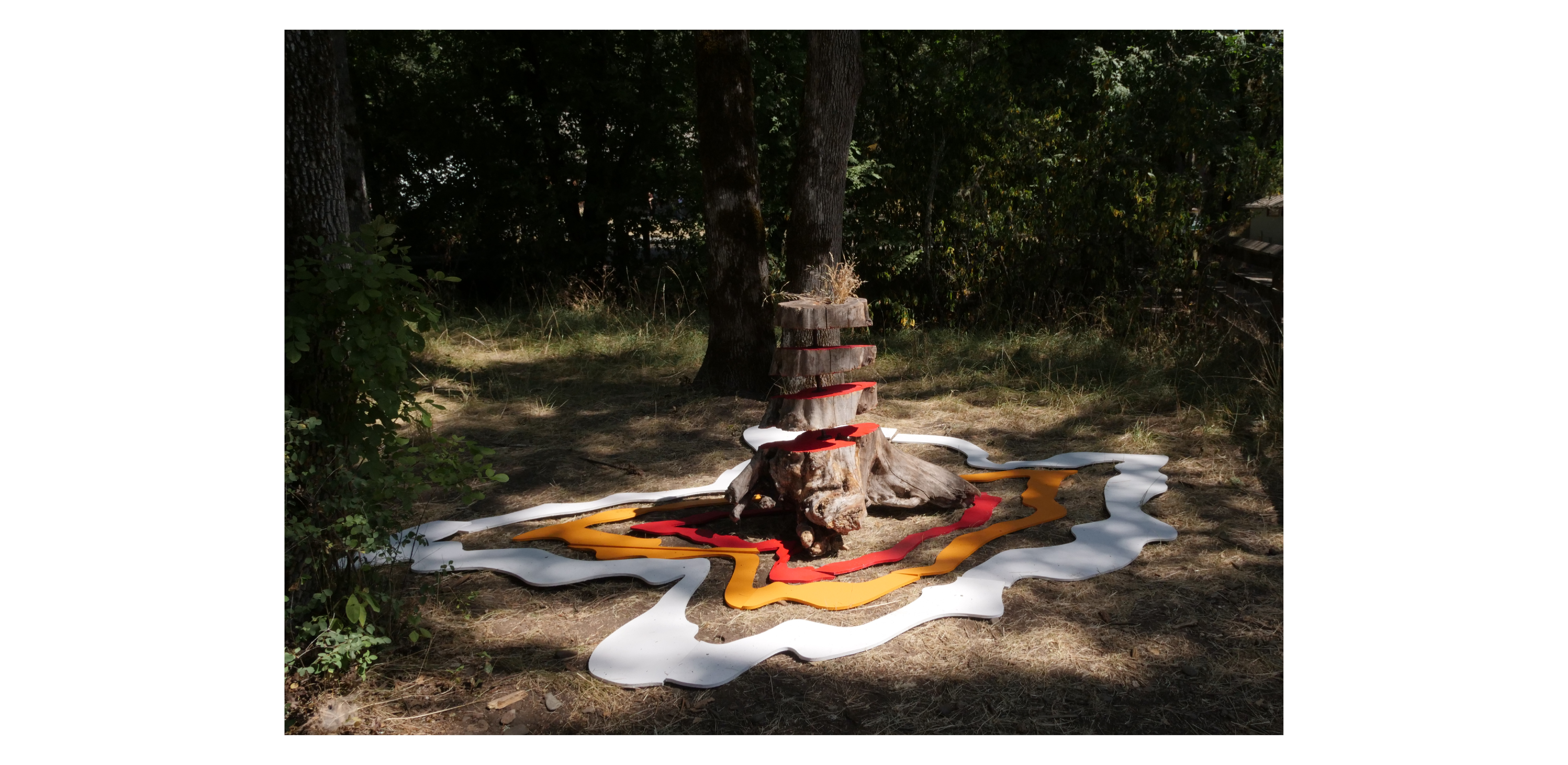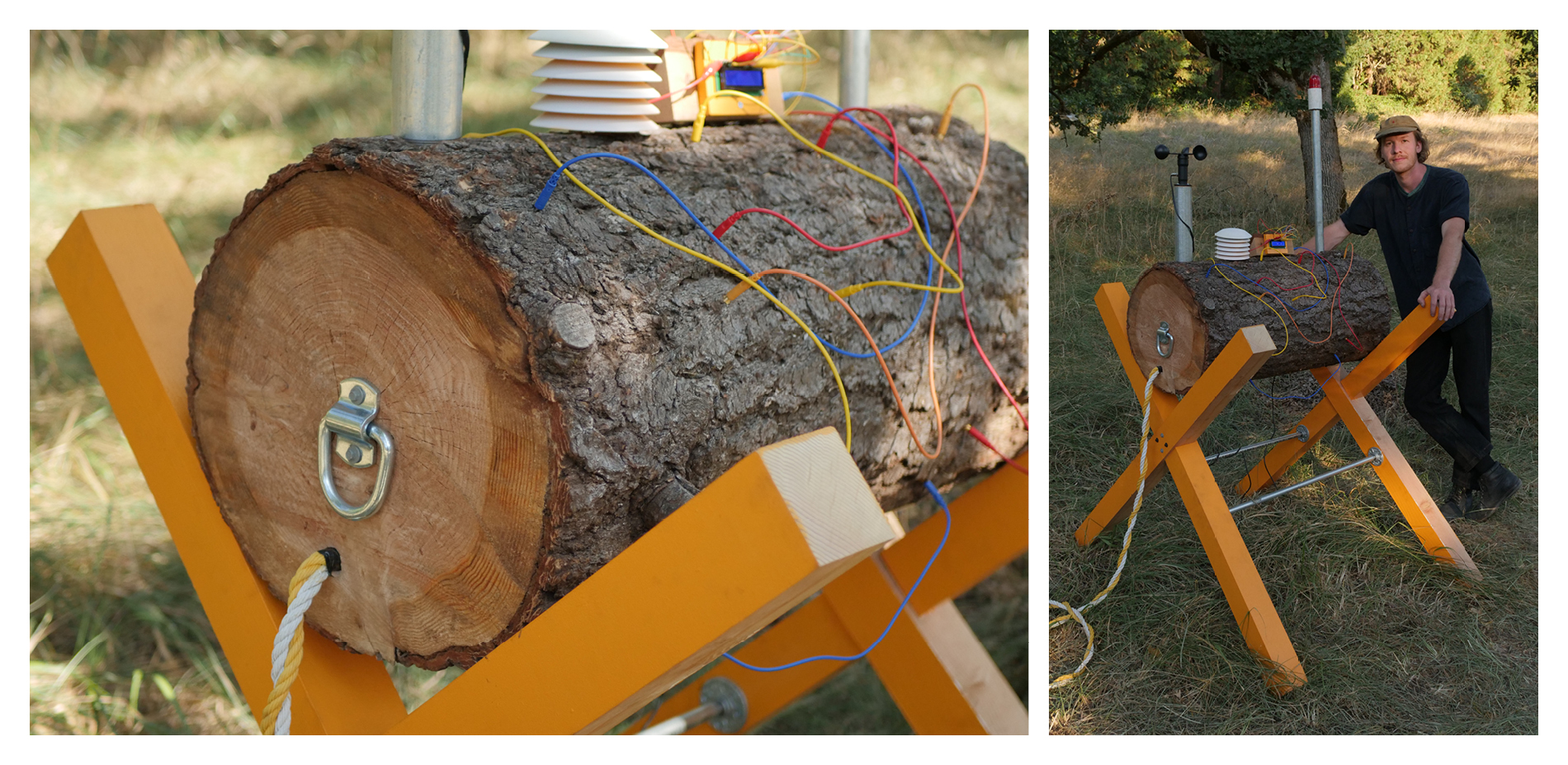Overlook Field School: Wildfire Recovery
Honor Award
Communications
Eugene, Oregon, United States
Abigail Pierce, Student ASLA;
Audrey Rycewicz;
Celia Hensey;
Hannah Chapin;
Ian Vierck, Student ASLA;
Kennedy Rauh;
Masayo Simon;
Rosie Yerke;
William Bonner, Student ASLA;
Faculty Advisors:
Michael Geffel, ASLA;
David Buckley Borden, ASLA;
University of Oregon
This fun and creative project is a testament to the role art and design play in communicating the value of landscape.
- 2022 Awards Jury
Project Credits
Nancy Silvers
Field Assistant
Isabela Ospina
Field Assistant
Project Statement
In the western United States, wildfires are becoming bigger, hotter, and more frequent due to the effects of climate change. During the summer of 2021, as smoke from western fires stretched across the country, the first and only Oregon-based session of the Overlook Field School explored the theme of “Recovery” as it relates to wildfire burns. Over the course of five weeks, we visited post-fire sites, most of which occurred within the last 30 years. The projects shared here are the outcome of these forest explorations and creative interactions led by artist-in-residence, David Buckley Borden. The Field School culminated in a public exhibition centered around communicating the dynamism of post-fire landscapes and what they can teach us about resiliency.
Project Narrative
A brief history of 2020 and 2021: pandemic, police violence, protest, political division, economic recession, record drought, catastrophic wildfire. Through these events, landscape simultaneously fostered and required recovery - but the process is far from complete.
Usually set in rural Pennsylvania, Covid presented the Overlook Field School with a rare opportunity to conduct an Oregon-based program. The theme of “Recovery” was explored through wildfire burns on multiple sites in the Willamette National Forest over the course of five weeks during the summer of 2021. Analogous to resilience, restoration, and regeneration, recovery is a return to some previous state - perhaps a new normal - and ever more complicated when applied to a medium as dynamic as landscape in the time of rapid climate change.
The work draws extensively from field visits to post-fire sites within the Willamette National Forest. We were also strongly influenced by concurrent environmental events: a record heat wave which coincided with the first day of the field school, and the explosion of wildfires as we entered our final design phase.
Despite the prevailing narrative of catastrophe and destruction, the recovery we observed was incredibly inspirational. We aspire to communicate these experiences through landscape installations so that we may remember the beneficial impacts of fire throughout increasingly longer fire seasons.
The Field School was broken up into three parts, under the creative guidance of artist-in-residence, David Buckley Borden. During the first phase, we traveled to sites in the McKenzie River Watershed that were impacted by large wildfires at different times allowing us to experience various stages of post-burn succession. The most recent fire had occurred less than a year prior to our visit, while the oldest burned 100 years ago. After exploring and sketching in these sites, we created collaborative temporary installations to communicate what we had observed using a limited palette of site-specific and forestry related materials: found objects, flagging tape, and tree-marking spray paint.
In the second phase, multiple skill-building creative explorations took place immediately after the forest visits and served as preparation for the final exhibition. Helmets were a necessity for the more recent post-fire sites and these were painted with colors and symbols related to forestry communication. Some common tools from the wildland firefighter’s toolbox were similarly treated.
The recovery charm project was the primary focus of this phase, and it was an exercise in collective creativity, fabrication skill building, rapid prototyping, material constraint, and design-driven communication. Each charm, a mixed-media sculpture, symbolizes environmental experiences, attitudes, and aspirations in response to recovering landscapes. A large “bracelet” with the recovery charms was displayed at the final exhibition.
In the final design phase, eight recovery-themed installations were designed, fabricated, and installed at Mt Pisgah Arboretum, a Eugene park which contains fire-adapted oak and prairie ecosystems. An opening reception and dinner invited the community to view the installations and learn about the wildfire recovery themes presented. The following are the student’s artists’ statements for each installation.
Refugium: Refugia are areas where special circumstances enable species or communities to survive environmental instability. It is a compelling concept, both for its ecological meaning but also when considering the human emotional response to disturbance. In this installation, the "pulse" of refugia is represented: first, the embrace of multiple species in an area that can support life while the world around re-arranges itself through disturbance regimes; then the unfurling into the disturbed areas to aid the recovery and re-creation of communities.
Succession of Light: Forests are constantly undergoing cycles of change; maturation, disturbance, regrowth. Their natural state is flux, and as changes occur, light patterns shift. We gleaned inspiration from the ever-changing ecosystems of western Oregon. Succession of Light is the sun personified – it provides a space to practice acceptance of the impermanence and fluidity permeating life on Earth. If you have ever reached out your hand to hold a sunbeam, you know that certain things are impossible to grasp on to.
Fuel Load: As the climate warms, the effects of drought, heat waves, and wildfires are increasing. This is especially evident in the wildland-urban interface (WUI), the area where houses meet or intermingle with undeveloped wildland vegetation. Homes and communities are not ready for wildfire, especially as they continue to be built and rebuilt in fuel zones. This installation responds to the problem and prompts the question: how can we embrace wildfire and learn to live with it?
Butterfly: The endangered Fender’s blue butterfly, which is endemic to the Willamette Valley, plays a vital role in upland prairie and oak savannah ecosystems that rely on the process of prescribed burns to prevent the transition to forest. Inspired by the beauty and movement of the butterfly, this installation highlights the importance of these pollinators in the recovery of burned landscapes.
Revolutions of Recovery: In this sundial, the viewer is invited to engage directly with the piece. By standing in the center and facing north, the viewer’s shadow will act as the time-telling hand on the sundial. Around the edge of the interactive shadow sundial, each hour marker represents a large wildfire in Oregon’s history. In this way, the sundial not only charts the daily cycles of time – it is a monument to the dynamic cycles of fire and recovery through time.
Flair X Flare: In a post-fire landscape, snags are essential to recovery. The story of the forest is shared through the trees: torn, twisted, burned, clear-cut, re-planted, decayed. Inspired by the upright remains of a Western redcedar, this project explores the typologies of snag-hood using nominal lumber to amplify the difference between the fire-formed snags and logged stumps found in our forests.
Ripple Effect: A snag is an integral part of a forest ecosystem and has a ripple effect that extends far beyond itself. During its decay or after a fire, it provides energy and habitat for mushrooms, insects, mammals, birds, and many other organisms. This installation reflects recovery after death and the connections that extend past mortality.
Hyper-Instrument: Inspired by the “wired forest” of HJ Andrews, this piece explores the hybrid world of nature and technology. The living organisms around us have a lot to say, and through sensors, we have the opportunity to tune our ears to their frequencies and listen. The instrument acts as an interface between the complex processes of the environment and our own senses, giving us a broader understanding of the process of recovery over time.
It is our hope that these installations will communicate the optimism and energy we absorbed from visiting wildfire burn sites. Standing in the remains of the Holiday Farm fire on the first day of the Field School, with temperatures hovering around 115 degrees, it was hard to feel hopeful, until we looked underfoot and saw the burgeoning vegetation covering the soil, starting the transformative cycle of succession once again. We were similarly transformed by connecting with and learning from these dynamic landscapes
